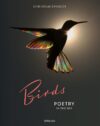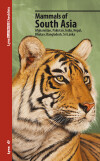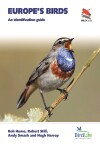New Book: Behind the Binoculars: Interviews with Acclaimed Birdwatchers
September 24, 2015 | Comments (0)
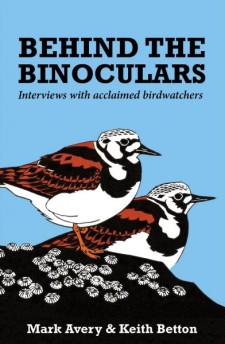 Behind the Binoculars: Interviews with Acclaimed Birdwatchers
Behind the Binoculars: Interviews with Acclaimed Birdwatchers
by Mark Avery and Keith Betton
From Pelagic Publishing:
How and why did our most acclaimed birdwatchers take up birding? What were their early experiences of nature? How have their professional birding careers developed? What motivates them and drives their passion for wildlife? How many birds have they seen?
Mark Avery and Keith Betton, passionate birdwatchers and conservationists, interview members of the birdwatching community to answer these and many other questions about the lives of famous birdwatchers. They take you behind the scenes, and behind the binoculars, of a diverse range of birding and wildlife personalities.
Behind the Binoculars includes interviews with: Chris Packham, Phil Hollom, Stuart Winter, Lee Evans, Steve Gantlett, Mark Cocker, Ian Wallace, Andy Clements, Mike Clarke, Debbie Pain, Keith Betton, Roger Riddington, Ian Newton, Steph Tyler, Mark Avery, Stephen Moss, Alan Davies and Ruth Miller, Rebecca Nason and Robert Gillmor.
Brief interviews/biographies of well-known birders is an interesting concept. North American readers should be aware that this book focuses on British birders. Well-read American birders will undoubtedly recognize a name or two from this list, but most will probably be unknown.
Behind the Binoculars: Interviews with Acclaimed Birdwatchers
by Mark Avery and Keith Betton
Hardcover; 250 pages
Pelagic Publishing; September 7, 2015
ISBN: 978-1784270506
$26.99


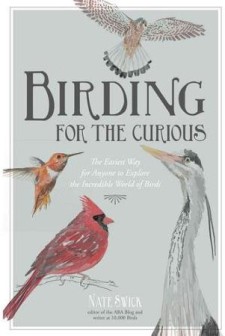 Birding for the Curious: The Easiest Way for Anyone to Explore the Incredible World of Birds
Birding for the Curious: The Easiest Way for Anyone to Explore the Incredible World of Birds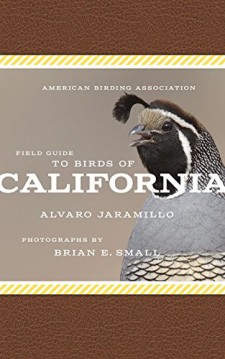 American Birding Association Field Guide to Birds of California
American Birding Association Field Guide to Birds of California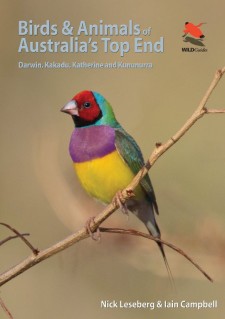 Birds and Animals of Australia’s Top End: Darwin, Kakadu, Katherine, and Kununurra
Birds and Animals of Australia’s Top End: Darwin, Kakadu, Katherine, and Kununurra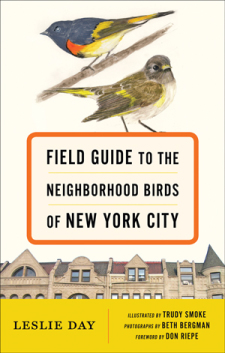 Field Guide to the Neighborhood Birds of New York City
Field Guide to the Neighborhood Birds of New York City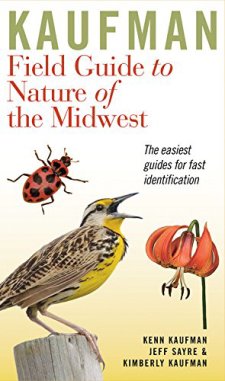 Kaufman Field Guide to Nature of the Midwest
Kaufman Field Guide to Nature of the Midwest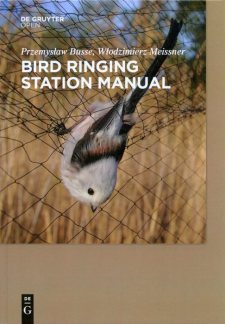 Bird Ringing Station Manual
Bird Ringing Station Manual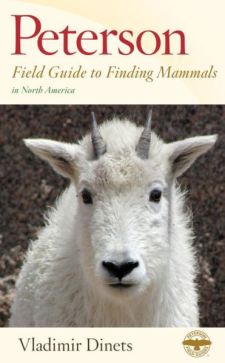 Peterson Field Guide to Finding Mammals in North America
Peterson Field Guide to Finding Mammals in North America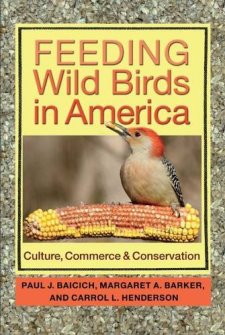 Feeding Wild Birds in America: Culture, Commerce, and Conservation
Feeding Wild Birds in America: Culture, Commerce, and Conservation



